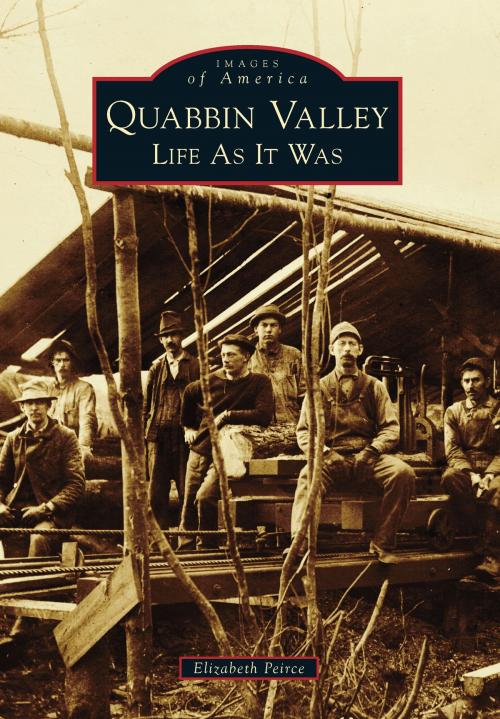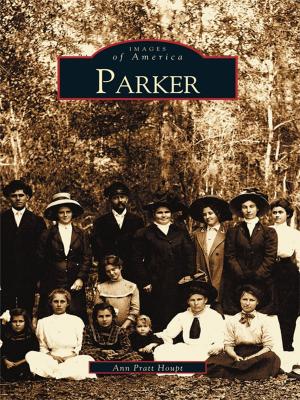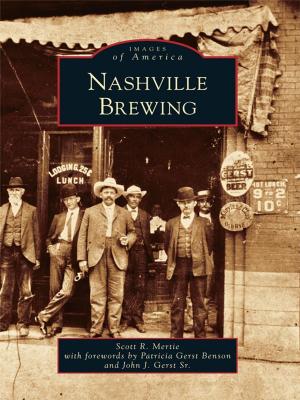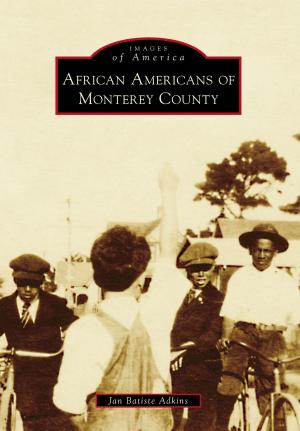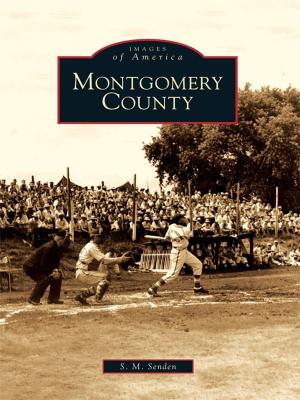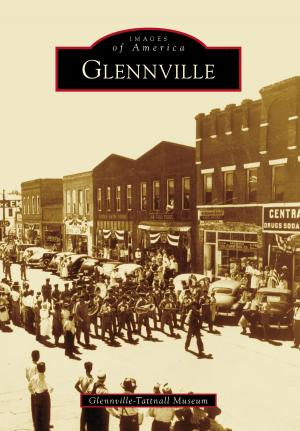Quabbin Valley
Life As It Was
Nonfiction, Travel, Pictorials, Art & Architecture, Photography, History| Author: | Elizabeth Peirce | ISBN: | 9781439649275 |
| Publisher: | Arcadia Publishing Inc. | Publication: | January 19, 2015 |
| Imprint: | Arcadia Publishing | Language: | English |
| Author: | Elizabeth Peirce |
| ISBN: | 9781439649275 |
| Publisher: | Arcadia Publishing Inc. |
| Publication: | January 19, 2015 |
| Imprint: | Arcadia Publishing |
| Language: | English |
Quaben, the Nipmuc Indian word for "many waters," was the name originally given to the area of central Massachusetts that is now known as the Quabbin Valley. The abundance of ponds, lakes, and streams in the region made it an obvious target for those seeking new water sources to supply the escalating population of Boston in the late 19th century. However, the little towns of Dana, Enfield, Greenwich, and Prescott that were established in the area stood in the way. Following an act of the legislature in 1926, these towns were disincorporated, and the 2,500 inhabitants were given modest compensation and ordered to leave. By 1938, the former towns were flooded and stood at the floor of the reservoir, which held the potential of 420 billion gallons of water to be outsourced eastward. Never to be forgotten, the story of the lost towns and their former residents are displayed through artifacts housed at the Swift River Valley Historical Society in North New Salem.
Quaben, the Nipmuc Indian word for "many waters," was the name originally given to the area of central Massachusetts that is now known as the Quabbin Valley. The abundance of ponds, lakes, and streams in the region made it an obvious target for those seeking new water sources to supply the escalating population of Boston in the late 19th century. However, the little towns of Dana, Enfield, Greenwich, and Prescott that were established in the area stood in the way. Following an act of the legislature in 1926, these towns were disincorporated, and the 2,500 inhabitants were given modest compensation and ordered to leave. By 1938, the former towns were flooded and stood at the floor of the reservoir, which held the potential of 420 billion gallons of water to be outsourced eastward. Never to be forgotten, the story of the lost towns and their former residents are displayed through artifacts housed at the Swift River Valley Historical Society in North New Salem.
